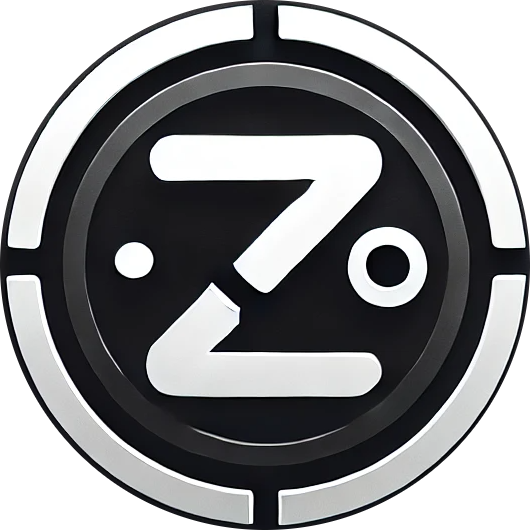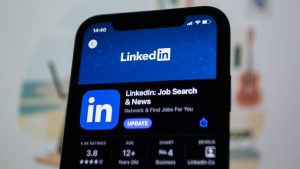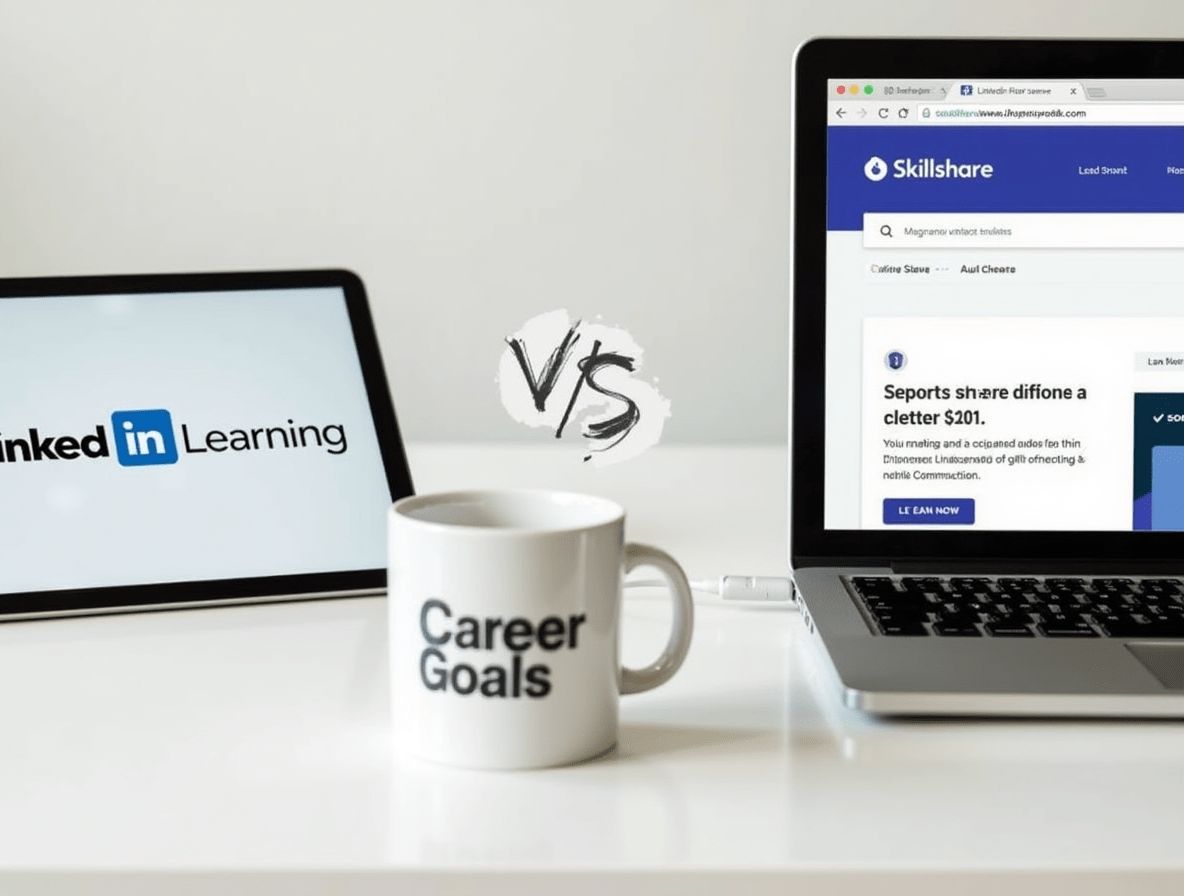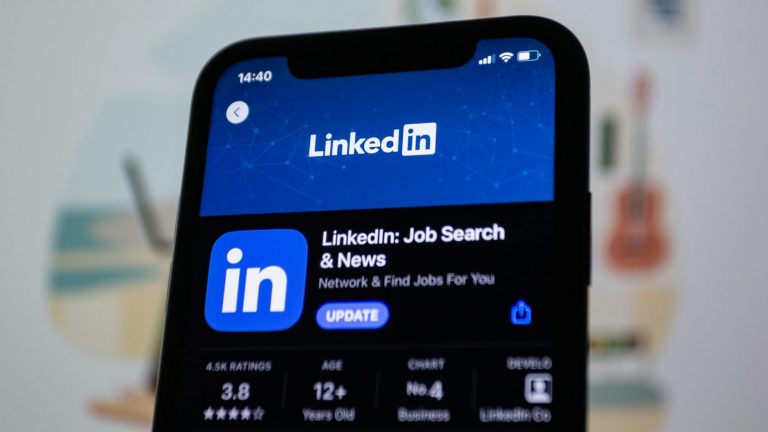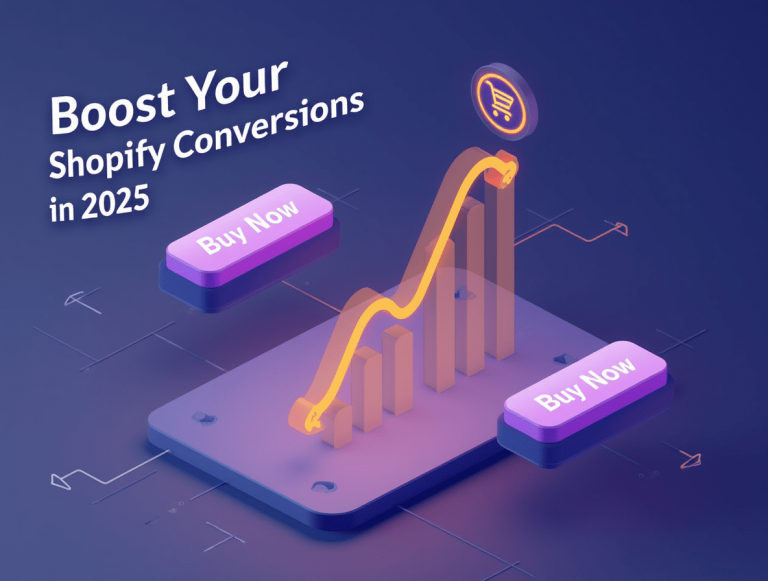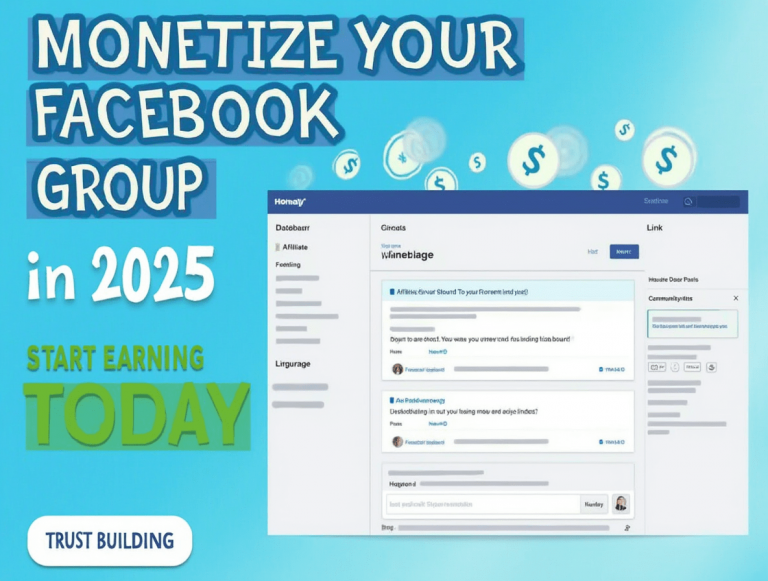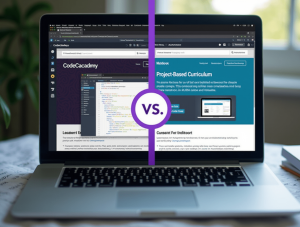
In today’s competitive job market, professionals are expected to continuously update their skills to remain relevant. According to the World Economic Forum, 50% of all employees will need reskilling by 2025 as technology adoption increases. This creates an urgent challenge: how do you efficiently acquire in-demand skills that genuinely advance your career?
Online learning platforms have emerged as a convenient solution, with LinkedIn Learning and Skillshare standing out as popular options. However, these platforms take fundamentally different approaches to professional development. While both offer thousands of courses, their instructional philosophies, content focus, and integration with career advancement differ significantly.
This comprehensive comparison examines how LinkedIn Learning and Skillshare stack up across curriculum quality, professional recognition, cost structure, and tangible career benefits. By the end, you’ll understand which platform aligns best with your professional development needs and career objectives.
Understanding the Platforms
LinkedIn Learning: The Professional Development Hub
LinkedIn Learning (formerly Lynda.com before LinkedIn’s acquisition in 2015) positions itself explicitly as a professional development platform. As an extension of the world’s largest professional networking site, LinkedIn Learning offers over 16,000 courses taught primarily by industry professionals and subject matter experts.
The platform’s integration with LinkedIn’s ecosystem creates a unique value proposition: your learning activities can directly connect to your professional profile, network, and career opportunities within the same environment.
Skillshare: The Creative Skills Marketplace
Skillshare launched in 2010 with a different approach—a marketplace model where anyone can become an instructor. While initially focused on creative skills, the platform has expanded to include business, technology, and productivity courses among its 35,000+ class offerings.
Skillshare emphasizes project-based learning through shorter, practical classes rather than comprehensive certification-oriented courses. The platform cultivates a community atmosphere where students share projects and provide feedback to one another.
Curriculum and Content Quality
LinkedIn Learning’s Curriculum
LinkedIn Learning organizes its content with professional advancement clearly in mind:
- Business Focus: Extensive offerings in management, leadership, business software, and professional certifications
- Technical Depth: Comprehensive courses in IT, software development, and data analysis
- Vetted Instructors: Rigorous selection process ensuring instructors have professional credentials
- Structured Learning Paths: Curated course sequences aligned with specific career trajectories
- Skills Assessments: Pre and post-course assessments to validate knowledge acquisition
The content is generally presented in a straightforward, instructional format with an emphasis on practical workplace application and professional standards.
Skillshare’s Curriculum
Skillshare’s content library reflects its origins and community approach:
- Creative Emphasis: Exceptional depth in design, photography, writing, and other creative fields
- Entrepreneurial Focus: Strong offerings for freelancers, small business owners, and creative professionals
- Variable Instructor Quality: Open instructor model leads to inconsistent teaching standards
- Project-Centered Classes: Practical projects rather than theoretical knowledge
- Community Learning: Peer feedback and collaborative elements
The teaching style tends to be more conversational and personal, with instructors often sharing their own professional journeys alongside technical instruction.
Professional Recognition and Credibility
LinkedIn Learning’s Professional Credentials
LinkedIn Learning offers several advantages for formal professional recognition:
- LinkedIn Profile Integration: Completed courses can display directly on your LinkedIn profile
- Continuing Education Units (CEUs): Many courses qualify for professional development credits
- Certificate Programs: Structured programs designed to demonstrate comprehensive skill mastery
- Industry Recognition: Widely accepted by employers as legitimate professional development
- Preparation for Certification Exams: Courses specifically designed to prepare for industry certifications
The platform’s connection to LinkedIn creates a built-in mechanism for showcasing your learning achievements to potential employers and professional connections.
Skillshare’s Professional Credentials
Skillshare takes a different approach to professional validation:
- Project Portfolio Development: Emphasis on creating demonstrable work examples
- Teacher Endorsements: Recognition from industry-known instructors
- Community Reputation: Feedback and social proof within Skillshare’s ecosystem
- No Formal Certificates: Completion records but no standardized certification system
- Practical Skill Demonstration: Focus on applied skills rather than credentials
This model favors fields where portfolio work and demonstrated abilities matter more than formal certifications.
Cost Structure and Accessibility
LinkedIn Learning’s Pricing Model
LinkedIn Learning employs a straightforward subscription model:
- Monthly Subscription: $39.99 per month
- Annual Subscription: $19.99 per month (billed annually at $239.88)
- LinkedIn Premium Integration: Included with Premium Career ($39.99/month) or Premium Business ($59.99/month) subscriptions
- Enterprise Solutions: Corporate accounts with LMS integration
- Free Month Trial: 30-day access to evaluate the platform
Many employers and libraries also provide free LinkedIn Learning access to employees and patrons, respectively.
Skillshare’s Pricing Model
Skillshare offers a more accessible entry point:
- Monthly Subscription: $32 per month
- Annual Subscription: $168 per year (equivalent to $14 per month)
- Team Plans: Discounted rates for small teams and businesses
- Scholarship Programs: Limited free memberships for eligible students
- Free Classes: A selection of courses available without subscription
The lower price point reflects both the marketplace model and the generally shorter course format.
Learning Experience and User Interface
LinkedIn Learning Experience
LinkedIn Learning provides a structured, professional learning environment:
- Course Organization: Clear chapter structure with logical progression
- Video Quality: Consistently high production standards
- Exercise Files: Comprehensive supplementary materials
- Transcripts: Searchable text transcripts for all courses
- Mobile Experience: Well-designed apps for learning on-the-go
- Skill Tracking: Personalized recommendations based on your career goals and LinkedIn profile
The platform’s design prioritizes efficient skill acquisition and clear learning paths.
Skillshare Experience
Skillshare creates a more creative, exploratory learning environment:
- Class Structure: Shorter segments focused around specific projects
- Community Interaction: Comment sections and project galleries
- Varied Production Quality: Range from professional studios to personal webcam recordings
- Workshop Format: Some classes include time-limited cohort experiences
- Discovery Focus: Emphasis on exploring diverse creative skills
- Teaching Style: Often conversational and personality-driven
This approach encourages exploration and experimentation but may feel less structured for career-focused learners.
Career Advancement Potential
LinkedIn Learning’s Career Benefits
LinkedIn Learning offers several tangible career advancement mechanisms:
- Skills-Based Matching: LinkedIn’s job recommendation algorithm considers your learning activity
- Recruiter Visibility: Completed courses visible to recruiters using LinkedIn Recruiter
- In-Demand Skills Identification: Analytics showing which skills are sought in your target role
- Internal Mobility Support: Content specifically designed for advancing within organizations
- Professional Network Integration: Learning achievements visible to your professional network
The platform’s integration with LinkedIn’s recruitment and networking functions creates a clear pathway from learning to opportunity.
Skillshare’s Career Benefits
Skillshare’s career advantages take a different form:
- Portfolio Development: Concrete projects to showcase to potential clients or employers
- Practical Application: Immediately applicable skills rather than theoretical knowledge
- Entrepreneurial Skills: Strong support for freelancers and independent professionals
- Creative Network: Connections with other creative professionals and potential collaborators
- Niche Expertise: Access to specialized knowledge in creative and emerging fields
This approach particularly benefits creative professionals, entrepreneurs, and those in portfolio-based careers.
Who Should Choose Each Platform?
LinkedIn Learning Is Optimal For:
- Corporate Professionals: Those working in structured business environments
- Career Transitioners: Individuals seeking comprehensive skill development for new roles
- Technical Professionals: IT, software development, and data analysis specialists
- Certification Seekers: Those requiring formal professional credentials
- Job Seekers: Professionals actively looking to enhance their employment prospects
The platform’s integration with the broader LinkedIn ecosystem provides substantial advantages for traditional career progression.
Skillshare Is Optimal For:
- Creative Professionals: Designers, writers, photographers, and artists
- Entrepreneurs: Small business owners and startup founders
- Side Hustlers: Those developing secondary income streams
- Hands-On Learners: People who prefer project-based learning
- Exploration-Minded Individuals: Those wanting to experiment with diverse skills
Skillshare’s approach better serves those in creative fields or with more flexible career paths.
The Verdict: Maximizing Career Value
Both LinkedIn Learning and Skillshare can deliver meaningful career value, but they excel in different contexts.
Choose LinkedIn Learning if:
- You work in a traditional corporate environment
- Formal credentials and certifications matter in your field
- You want direct integration with job seeking and networking
- Your learning goals align with conventional career advancement
- Your employer offers a subscription as a benefit
Choose Skillshare if:
- You work in creative or entrepreneurial fields
- Portfolio examples matter more than certifications in your industry
- You prefer learning practical skills through projects
- You value community feedback and collaborative learning
- Cost is a significant consideration in your decision
For optimal results, consider your specific career goals, learning preferences, and industry norms when making your choice.
Conclusion
In evaluating LinkedIn Learning versus Skillshare for career value, the answer lies in understanding your specific professional context and goals. LinkedIn Learning delivers superior value for traditional corporate careers and technical professions where formal credentials and structured advancement paths dominate. Its integration with the broader LinkedIn ecosystem creates a seamless connection between learning and professional opportunity.
Skillshare, conversely, offers greater value for creative professionals, entrepreneurs, and those in portfolio-based careers where demonstrated skills and creative output matter more than formal certifications. Its project-based approach and community focus foster practical skill development that can be immediately showcased to potential clients or employers.
Rather than declaring one platform universally superior, professionals should align their choice with their specific career trajectory, industry norms, and learning preferences. Many find value in utilizing both platforms at different stages of their professional development, leveraging LinkedIn Learning for structured career skills and Skillshare for creative and entrepreneurial growth.
Whatever platform you choose, consistent engagement with relevant, high-quality learning content remains the fundamental driver of professional growth in today’s rapidly evolving workplace.
FAQ Section
Q: Can I include completed courses from either platform on my resume?
A: Yes, though LinkedIn Learning courses are more straightforward to include as they can be directly displayed on your LinkedIn profile. For Skillshare courses, focus on specific projects completed rather than just listing course titles.
Q: Do either platform’s courses qualify for formal continuing education credits?
A: LinkedIn Learning offers Continuing Education Units (CEUs) for many courses, which can fulfill requirements for certain professional certifications. Skillshare classes generally do not provide formal continuing education credits.
Q: Which platform offers better technical and software development courses?
A: LinkedIn Learning typically provides more comprehensive and structured technical courses with consistent quality standards. Their software development curriculum includes more in-depth, certification-aligned content than Skillshare’s offerings.
Q: Can employers verify that I’ve completed courses on these platforms?
A: LinkedIn Learning provides verification through your LinkedIn profile, making course completion visible to employers. Skillshare offers completion records within the platform but lacks a formal verification system for external validation.
Q: Which platform is better for someone looking to change careers entirely?
A: LinkedIn Learning typically offers more comprehensive career transition paths with structured learning sequences specifically designed for career changers. It also provides better integration with job searching tools. Skillshare may be more suitable for transitions into creative or entrepreneurial fields.
